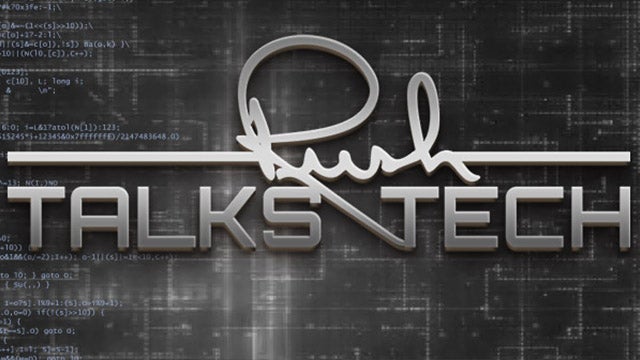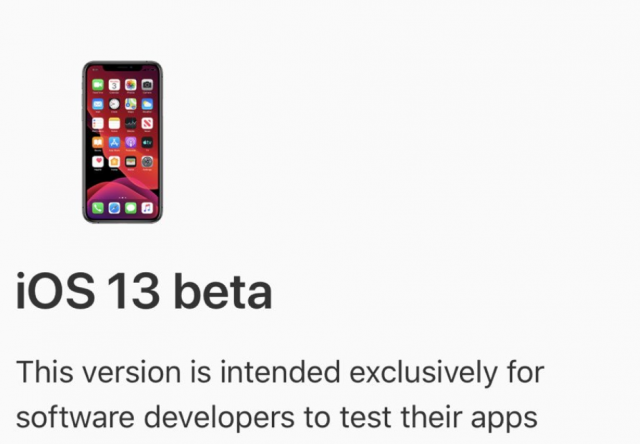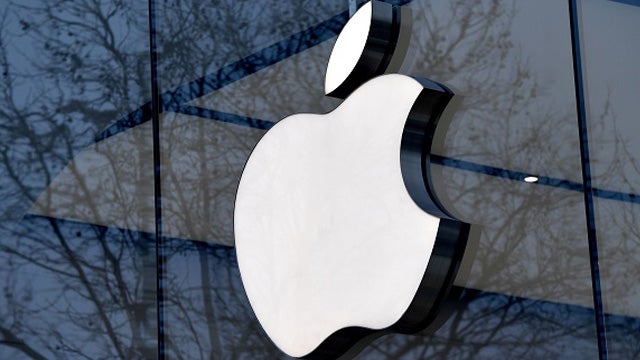RUSH: Okay, now to your phone — your pocket computer — and battery. You people have had battery-life questions for as long as they’ve had devices, and they have had battery-operational questions for as long as they’ve had devices. How many of you…? Let’s just talk about your phone for the moment. How many of you plug in your phone at night and have it charging the whole time you’re asleep so that when you wake up and start the day, it’s at 100%? And how many of you in that situation have asked yourself if you’re damaging the battery by leaving it plugged in so many hours after it’s charged?

And so how many of you have sought answers to that question? And you can find them. They’re all over the internet, and the general consensus now is that power-management systems in these devices are so sophisticated that you don’t have to worry about it. “Leave that phone plugged in! Leave it plugged in overnight. You won’t hurt it.” That is the standard-operating theory, and this is what most people who are interested in this have discovered. So they continue to do it. Other people don’t believe it and don’t leave their phones plugged in all night.
People deal with their devices in very personal ways. I have my own philosophies about this. I never leave the phone charging overnight. Never. But that’s because I’m constantly surrounded by chargers. I can show up here with my… I never let the phone get below 70%, though. If it gets below 70% and I can, I charge it, and I’m never in a situation where I can’t charge my phone. Even on the golf course, I can charge my phone. It’s something I care about; I make provisions for it. So, anyway, iOS 13 beta 1 was released on Monday.

And the tech media got hold of it and started playing around with it and they found something in it that doesn’t make any sense, and they’re all excited about it. It’s in the settings for the battery, and if you click on “battery health” — which I’m doing now — there’s a new switch. It’s called “optimized battery charging.” You can turn it on or leave it off. Here’s what it says: “To reduce battery aging, iPhone learns from your daily charging routine so it can wait to finish charging past 80% until you need to use it.”
Now, most people are going to say, “Whoa, what?” Let me explain this to you, because what I think Apple’s admitting here is it’s not good to leave your phone plugged in and charging overnight while you’re asleep. Otherwise, they wouldn’t have created the feature. The way the charging works, when you plug your phone in to charge, it will charge at its fastest rate up to 80%. At 80%, it stops charging fast and it starts trickle charging so as not to damage the battery. That’s why charging seems to take so damn long once you get past 90%, 95%.
What Apple has put in their new iOS 13, is the phone will learn that if you go to bed, whatever time you go to bed. If you get up the same time, and your phone is charging overnight, what’s gonna happen is that when your phone reaches 80% (say at 2 in the morning) it’ll stop charging until two hours before you wake up. And then if you get up at 7, at 5 a.m., it will start charging again so that when you wake up, it will have recently reached 100%. In that way, it’s not been on the charger all night. That’s what this battery feature is.
So, I got an email, “Is this really true? Can they really do this?” I said, “Is what true?” Because now what Apple’s admitted here is it may not be good to leave your phone plugged in and charging all night while you’re asleep, if they’ve got this new feature. It actually is very cool. You have total control over it, at least whether it’s on or off. You can’t hasten the… I don’t know how long it’s going to take the phone to learn this. Probably a week. But if you get up at the same time every day — let’s just say 7 o’clock — and let’s say you go to bed roughly the same time.
For this example, we’ll say you go to bed at midnight and get up at 7. You plug your phone in at midnight, and it starts charging. When it hits 80%, it’s gonna stop, if this feature’s on. And then two hours before the phone thinks you’re gonna wake up — which is 7 a.m., at 5 a.m. — it will resume charging at the trickle charge rate and it’ll take hour and a half max, probably, to charge from 80% to a 100%. The point is that it reaches 1% right about the time you wake up rather than 3 in the morning or 2 in the morning and stay on the charger fully charged which they’re now saying is not good.
After all this time, this is a tantamount admission that maybe… Now, this is not gonna expand battery life per day. It’s not gonna mean your battery will last longer during the day. What it will mean is your battery will last many more months at full capacity. That’s what they’re saying. Instead of a battery lasting a year and a half or two years, you may get 2-1/2 years at 95 to 100% capacity out of it rather than it losing capacity at a normal rate. So this feature is not designed to give you more power during the day, longer battery life.

It’s designed to prolong the overall lifetime of your battery. It’s a pretty cool feature, actually. But you don’t have to use it if you don’t want to. It’s totally optional, turn it on or off. And who knows, it may not even survive the beta process. When they release this in September, it may not even be in there. I mean, that’s what the testing is about here to see if this actually works. But that’s the plan — and if it does survive and if it does work, then it probably will… I know, “But, Rush, what if I get up at different times?”
Yeah, that’s gonna be a problem. It’s gonna learn what it thinks is your closest-to wake-up time and base its overnight behavior on that. So if you have to get up two hours earlier than you normally do one day, you might not wake up to a fully charged phone. In that case you’ll turn the feature off before you go to bed and just leave it charged. You can do it one or two nights a week. It won’t hurt it. I don’t know if it hurts it anyway. But, anyway, I’ve had three questions about this in the email, which is why I decided to answer it.


